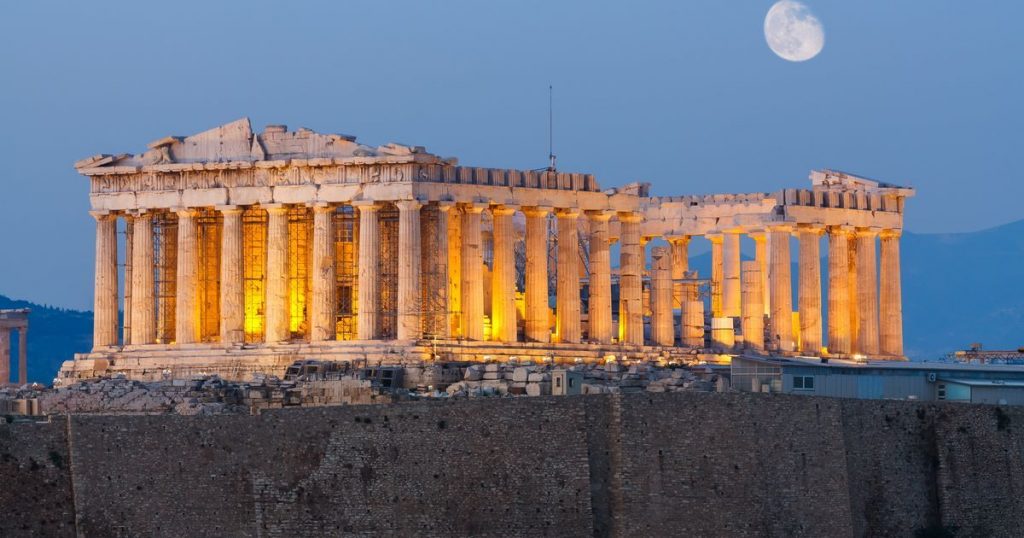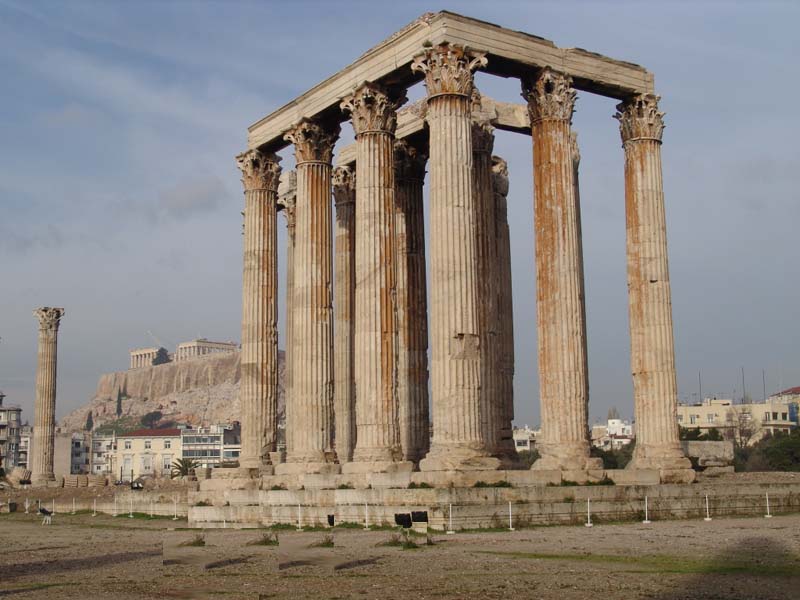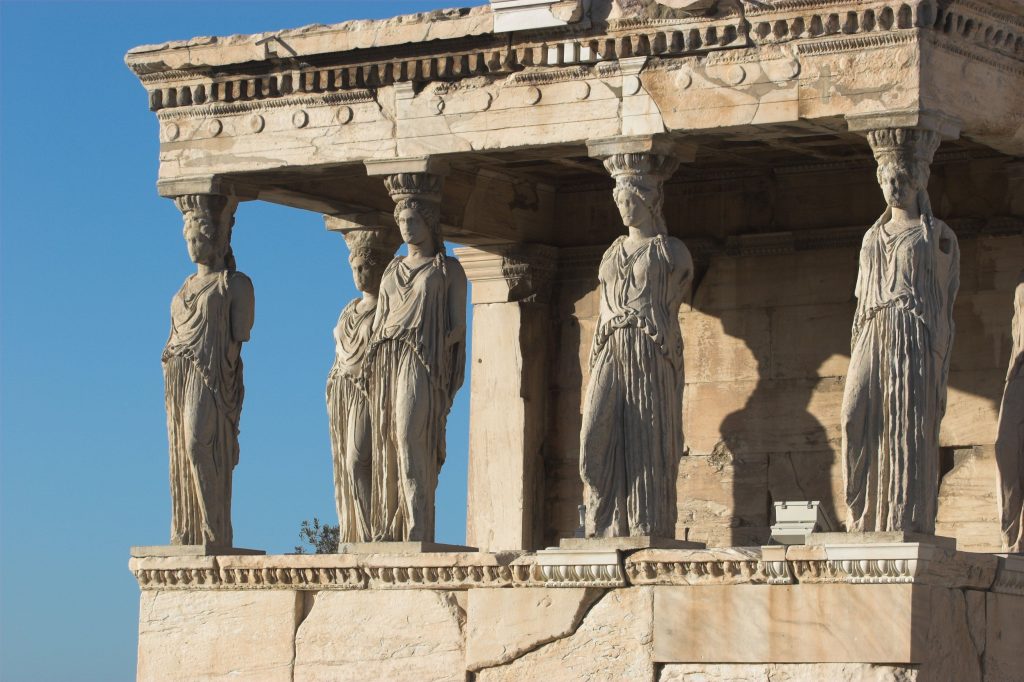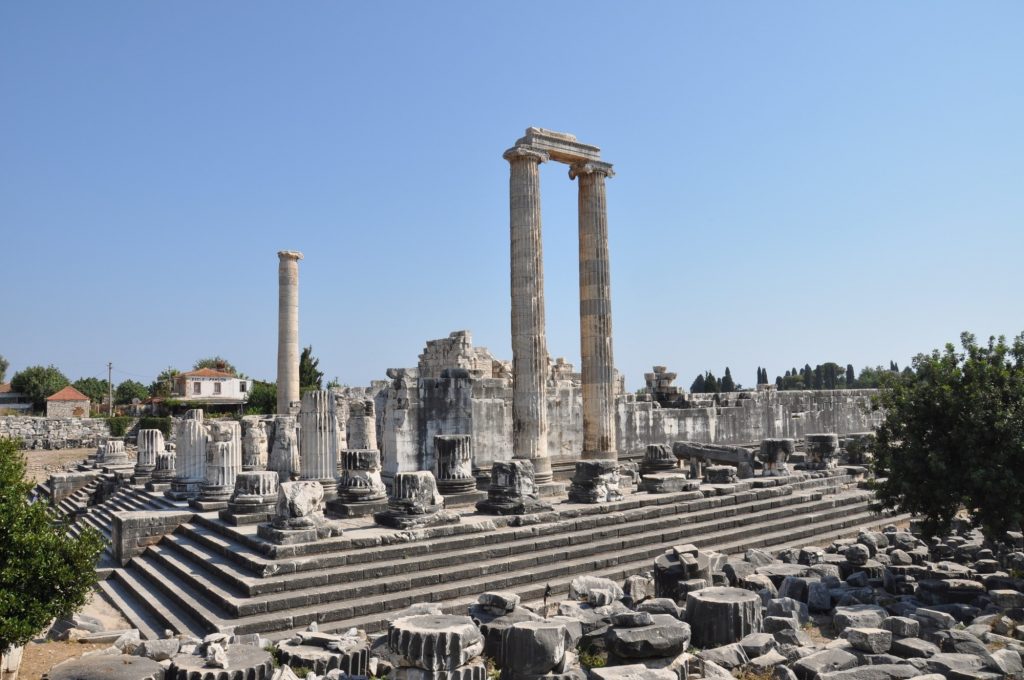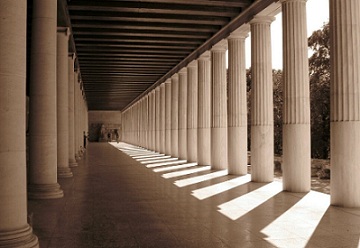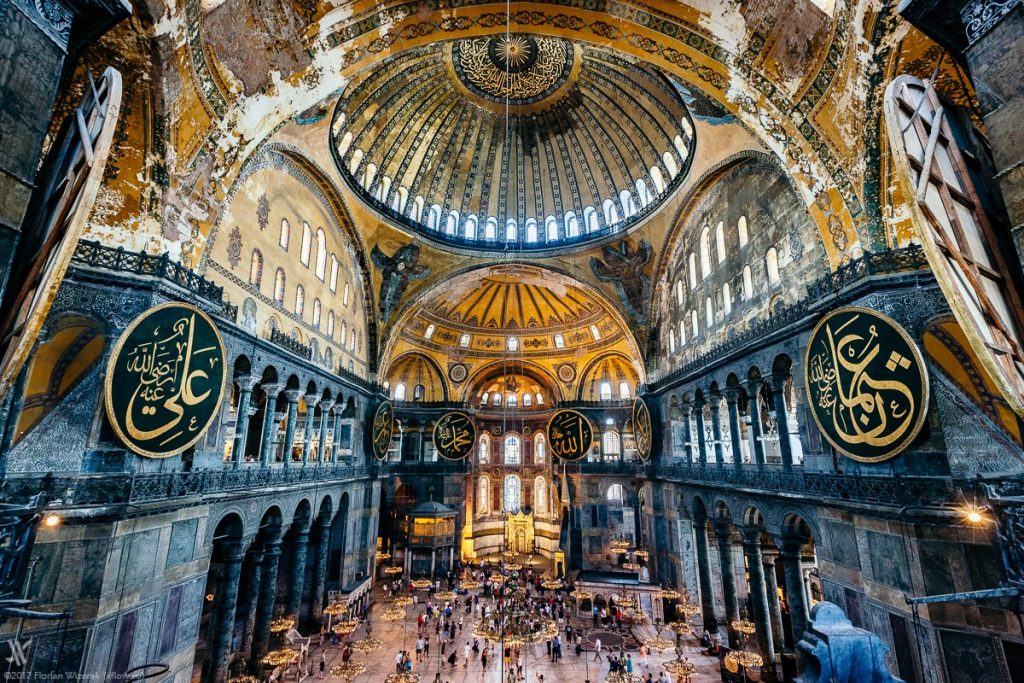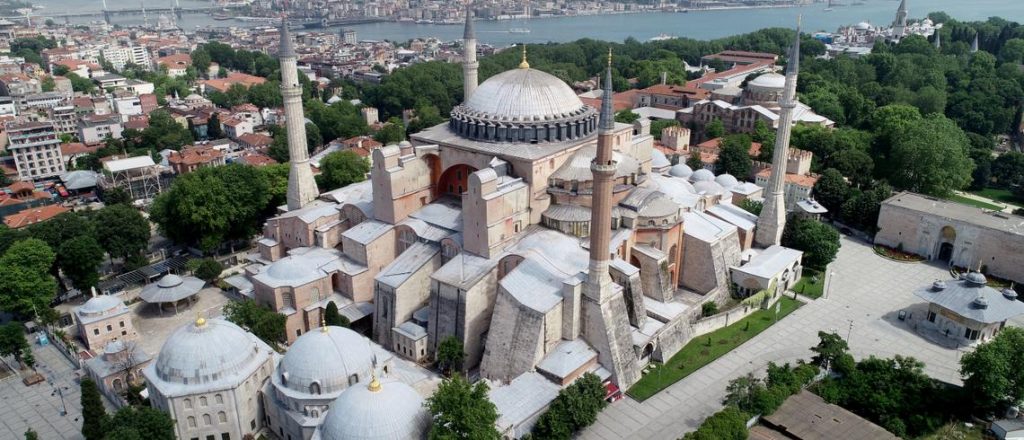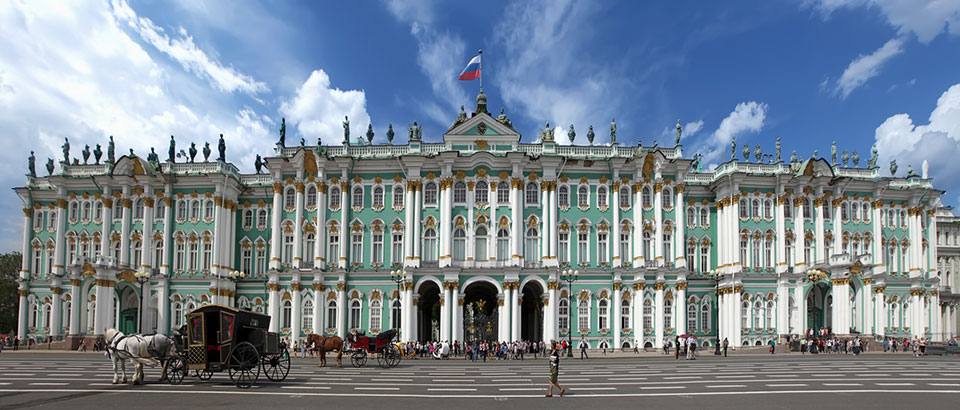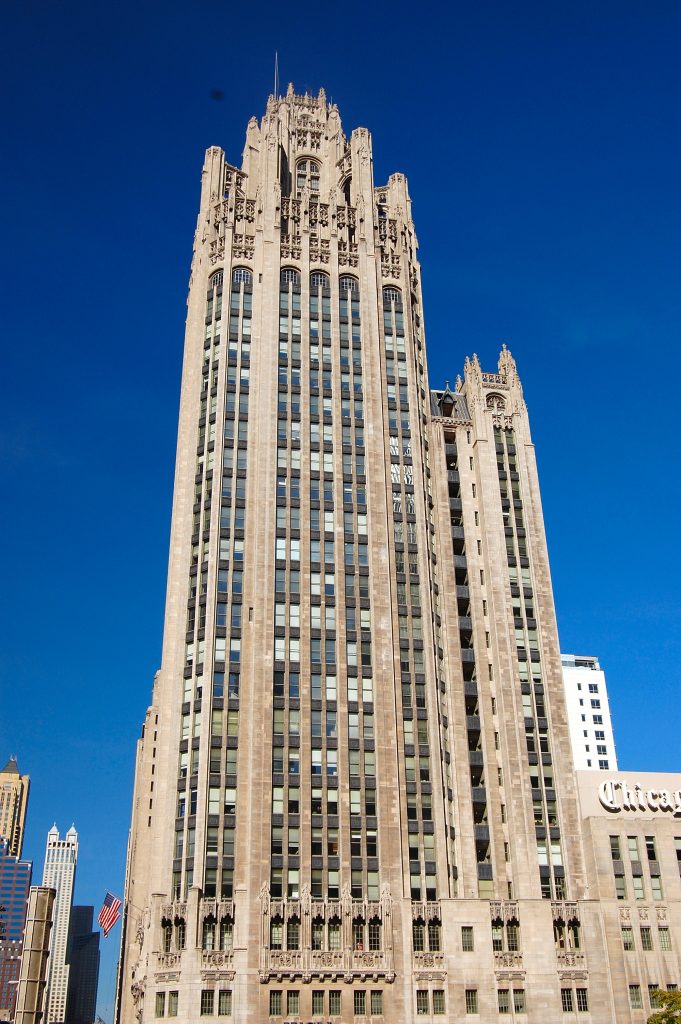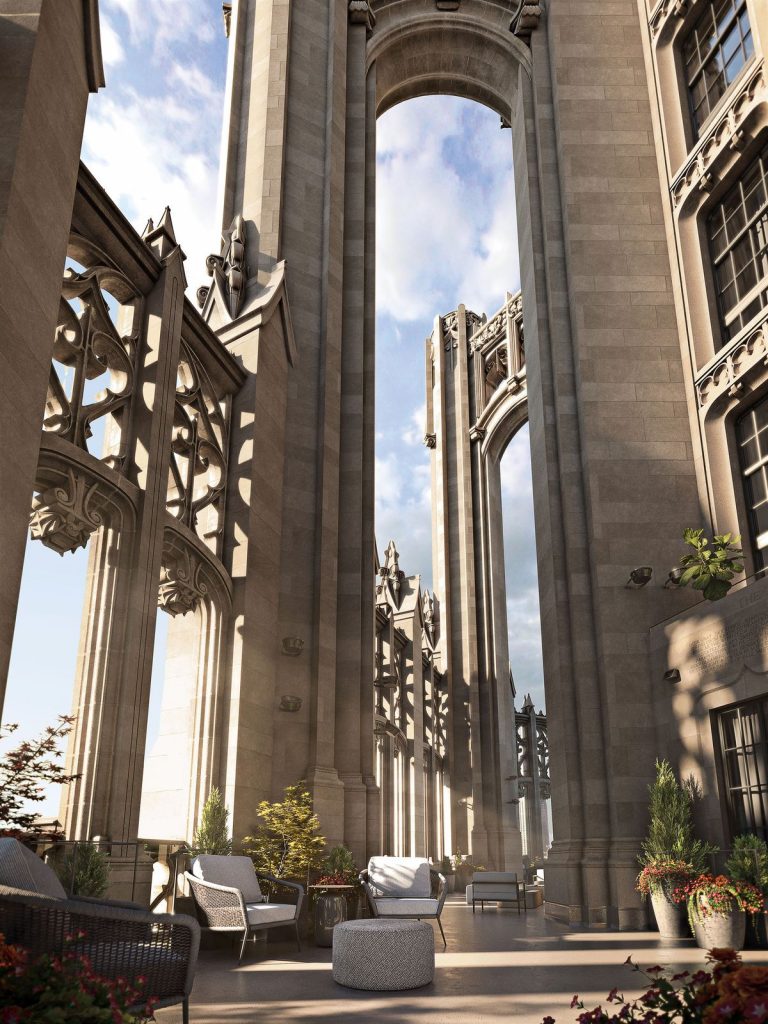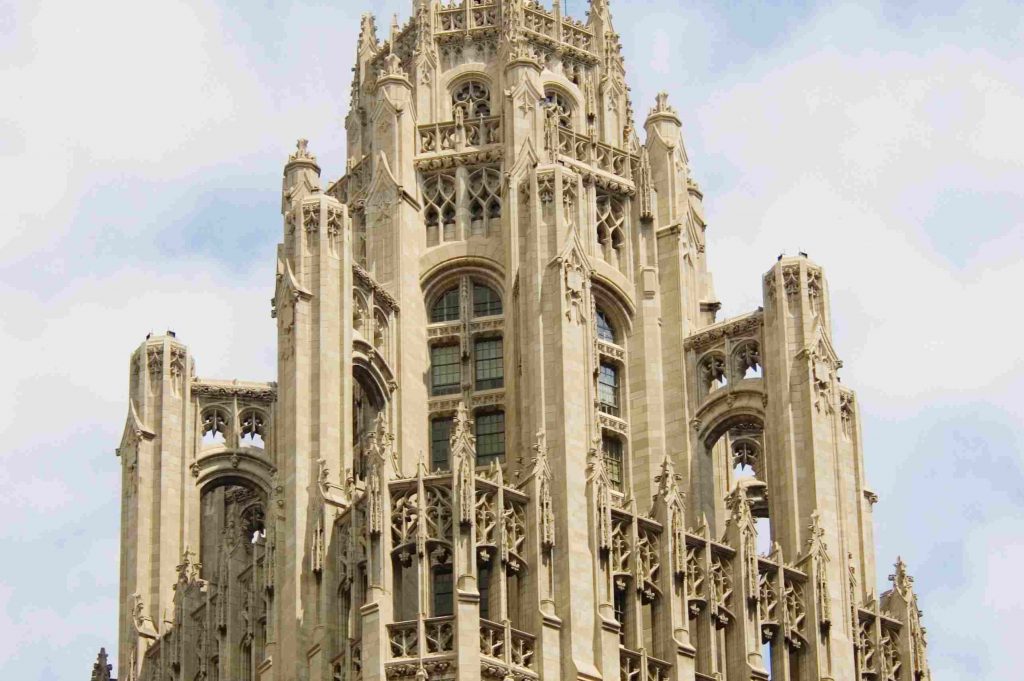Here we’ll go through the most emblematic periods of Architecture, following the timeline:
PREHISTORIC TIMES (11 600 BCE – 3 500 BCE)
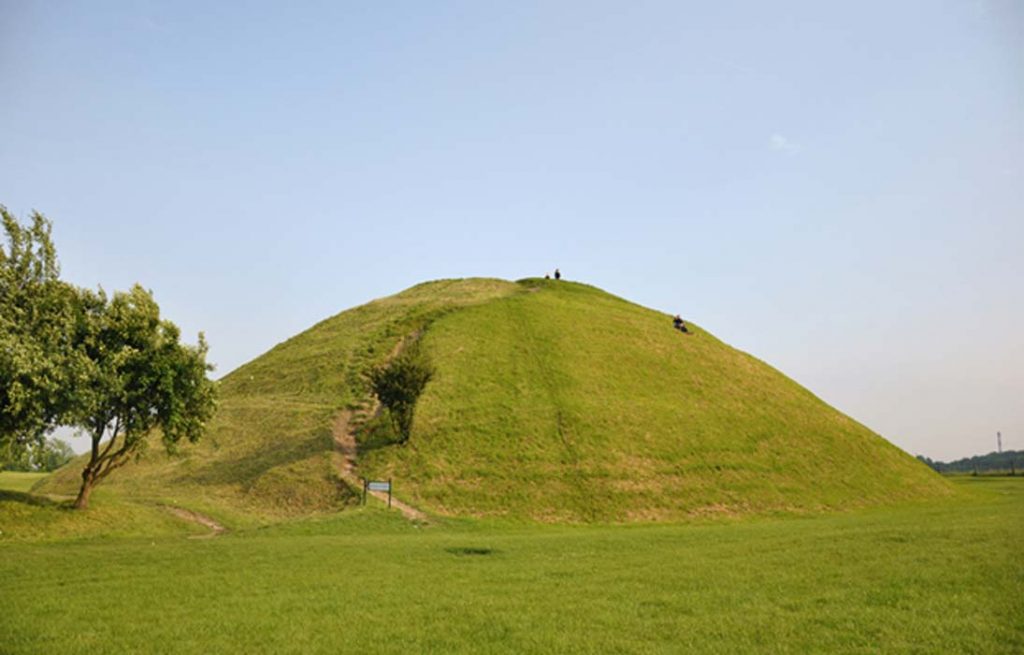
earthen mound 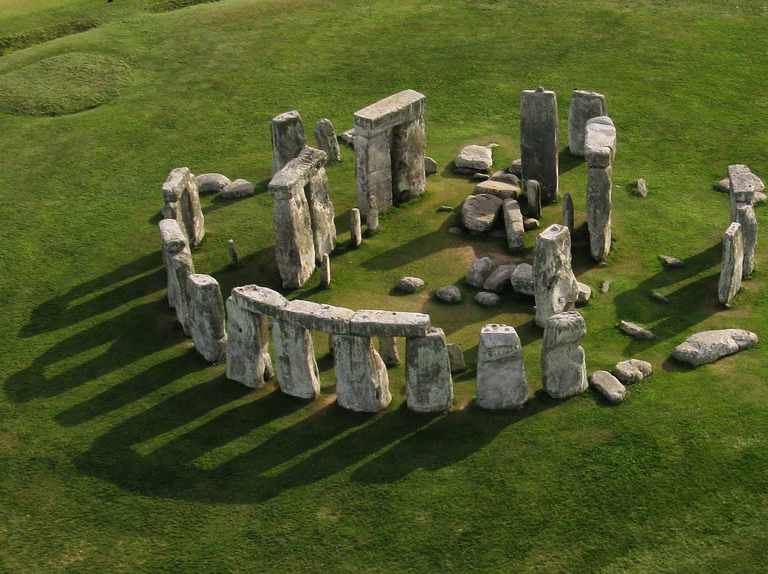
Stonehenge circle 
megalith
- geometric forms
- imitation of the Sun and Moon (circle shapes)
ANCIENT EGYPT (3 050 BCE – 900 BCE)
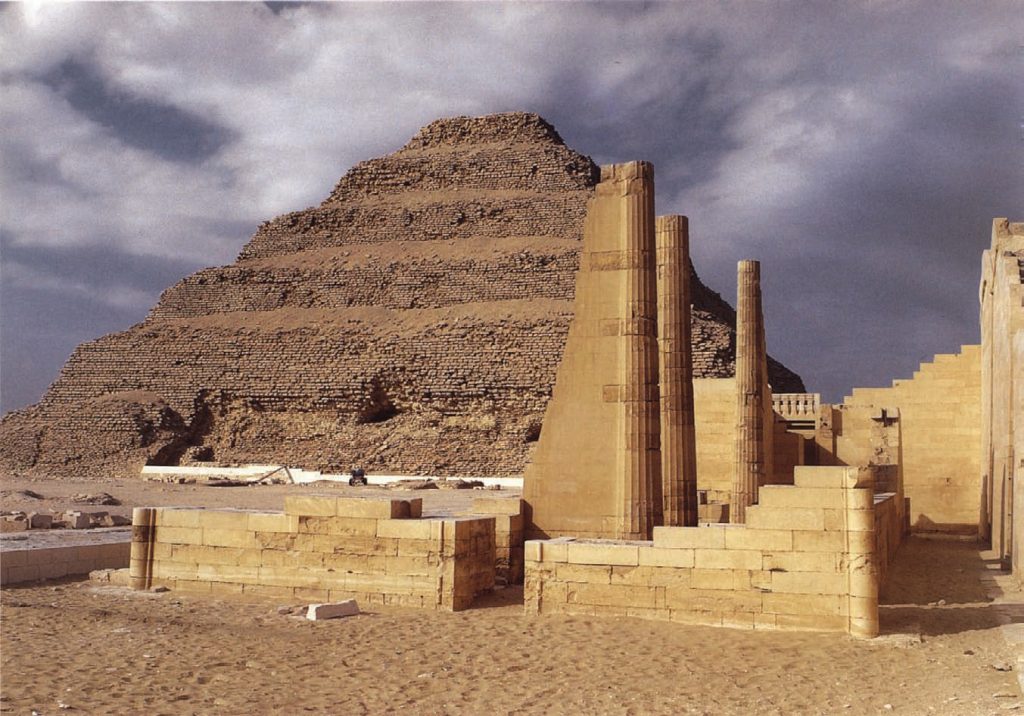
Step Pyramid of Djoser by Imhotep 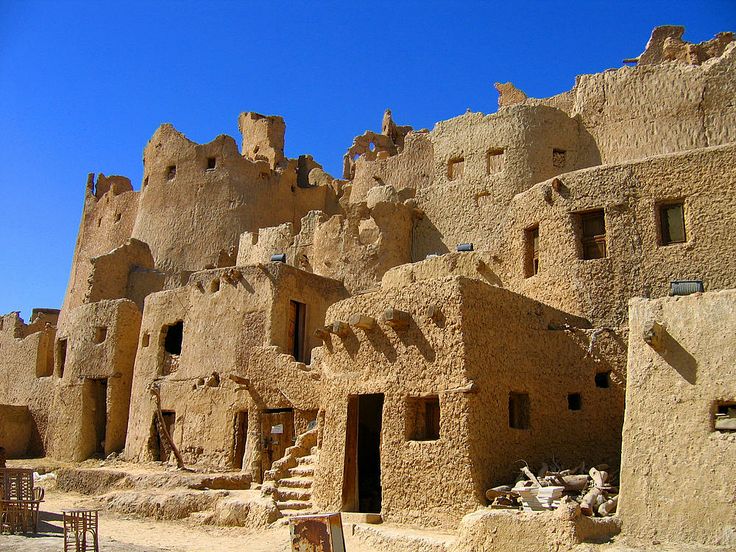
ancient houses 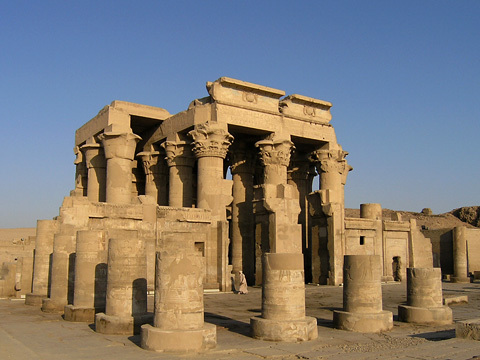
temple
- No wood because of the arid landscape
- Columns placed together to support the entablature above (no load-bearing arches)
- High sloping walls bc the weight was supported by the pyramid base
- No mortar to link stone bricks —> carefully cut stones (in order to fit together)
CLASSICAL (850 BCE – CE 476)

- Precise rules & mathematical principles
ROMAN (44 BCE – 476 CE)

Vitruvius

theatre façade, Aosta
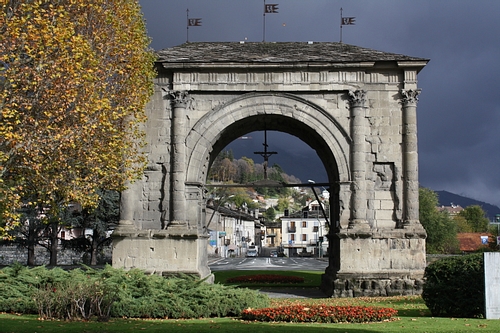
arch of Augustus

los Milagros Aqueduct, Mérida
BYZANTINE (527 – 565)
- square-shaped churches
- mosaics
- clerestory windows
ROMANESQUE (800 – 1200)

apsidal chapels 
crossing & crypt 
flying-buttress and arches
- crossing (central area)
- apsidal chapels (small side chapels)
- barrel vaulting
- small windows and thick walls
GOTHIC (1100 – 1450)

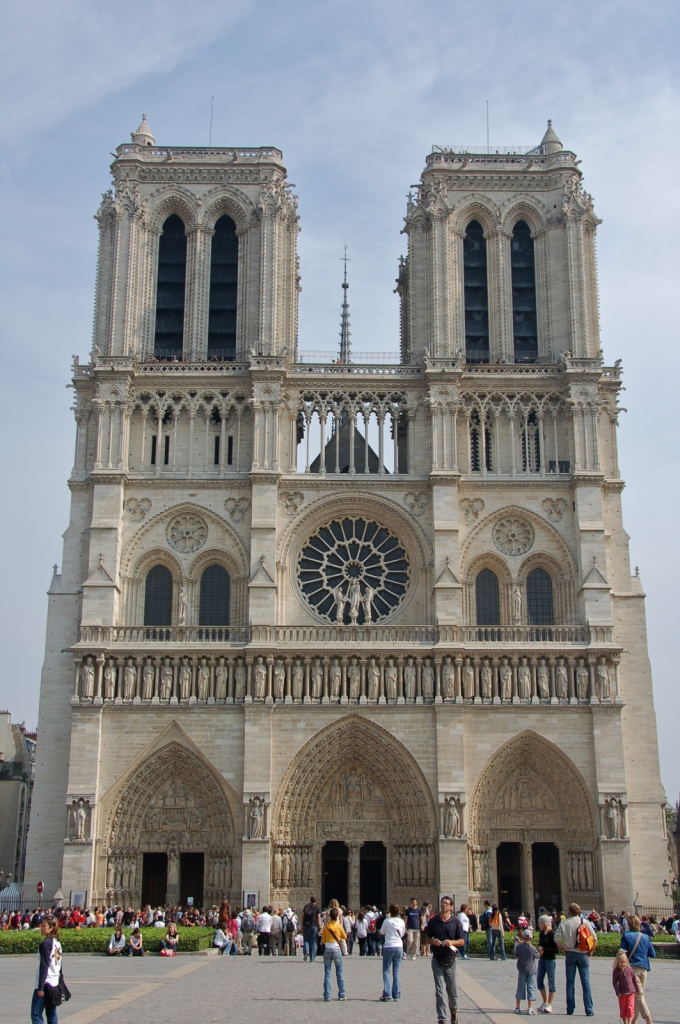
façade 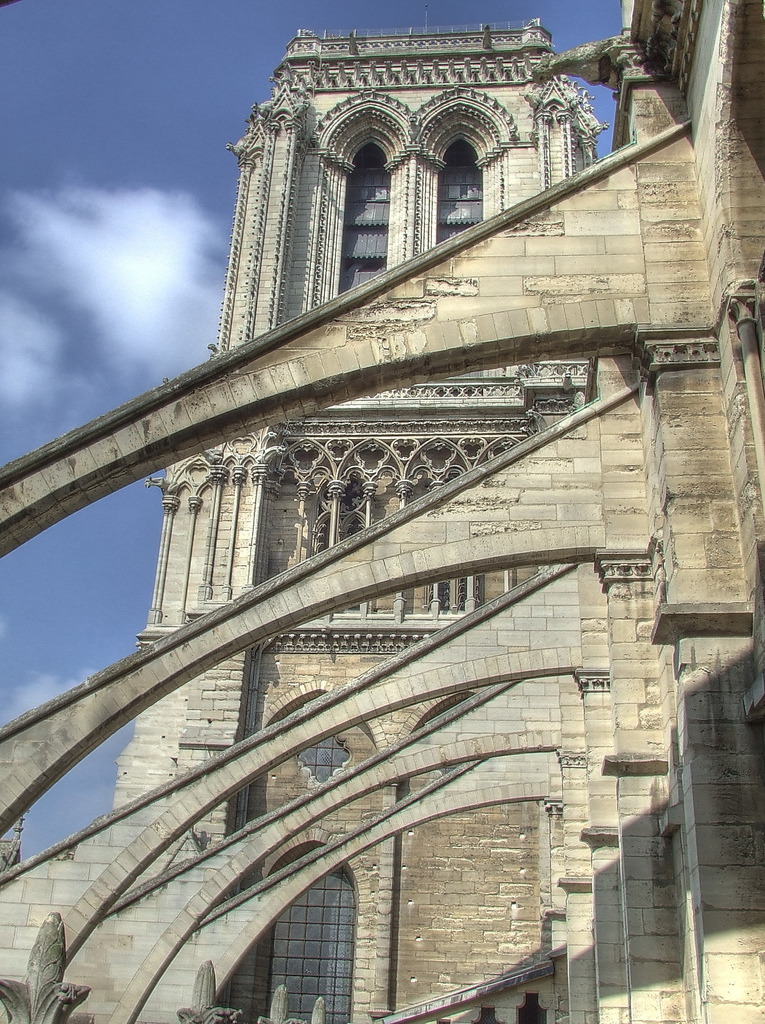
flying buttresses 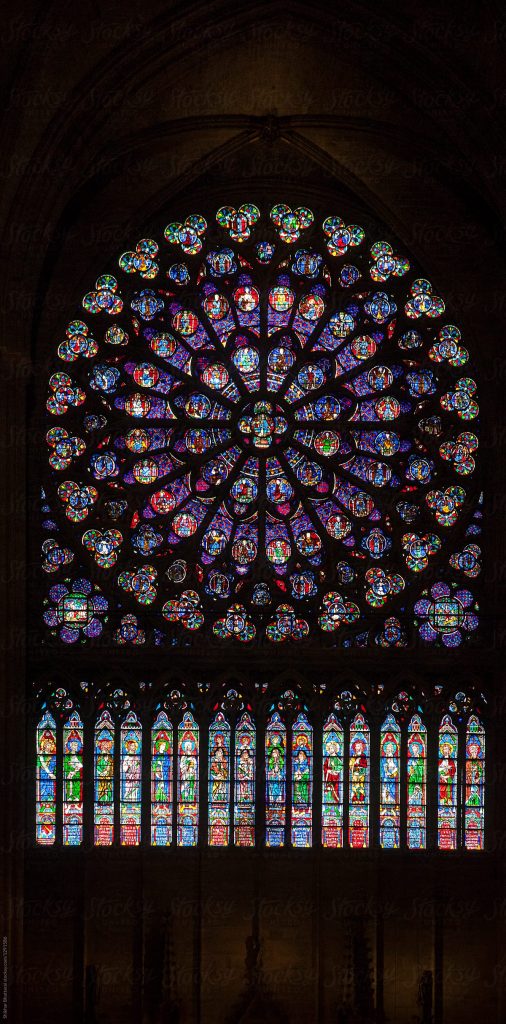
stained glass
- light as a divinity symbol
- cathedral is the reference element
- ribbed vault
RENAISSANCE (1400 – 1600)

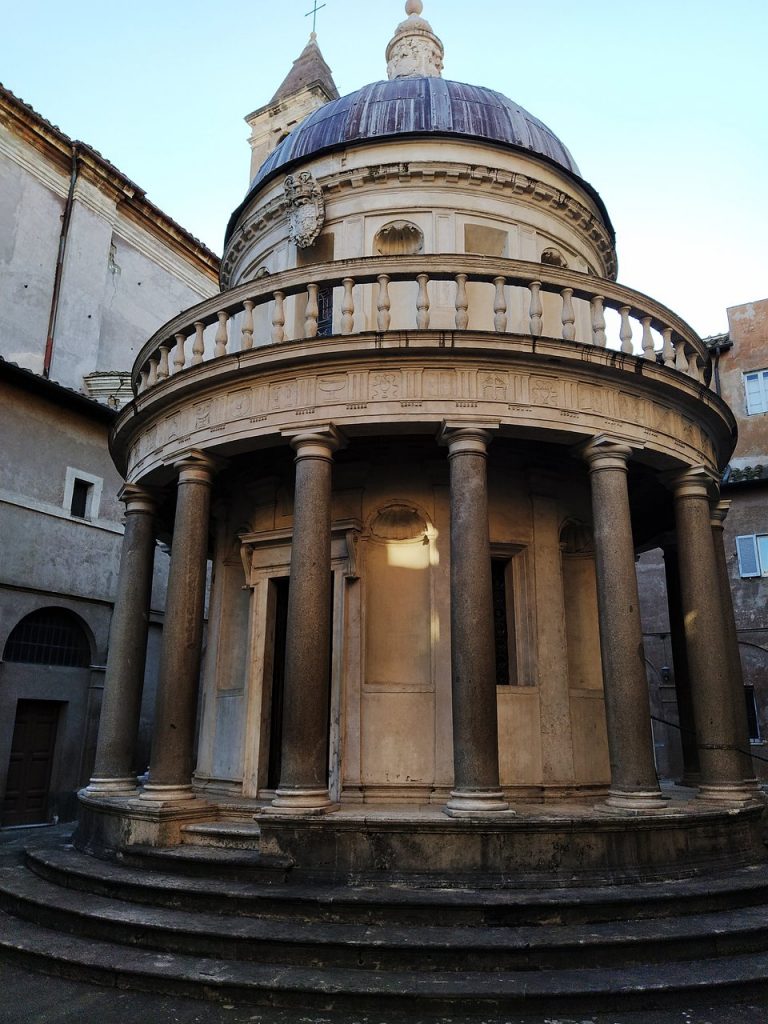
Tempietto del Bramante 
domed roof 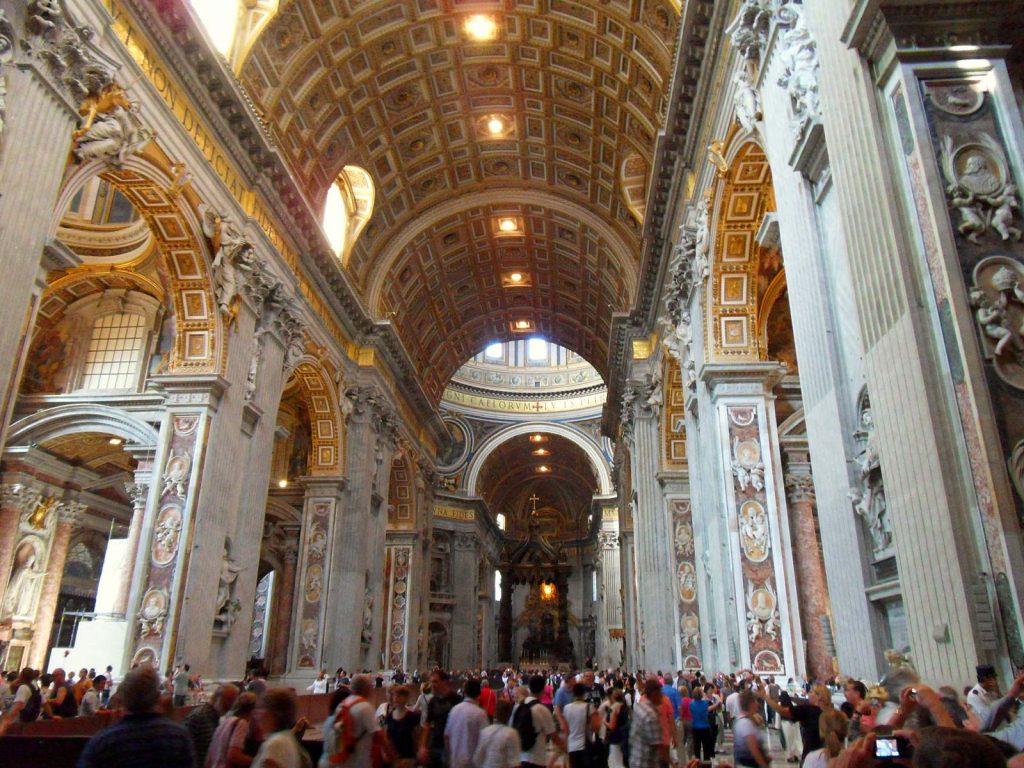
Latin cross nave
- squared & symmetrical
- facades, columns and pilasters, arches, vaults, domes, windows, and walls
- massive volumes
- other examples…
BAROQUE (1600 – 1830)
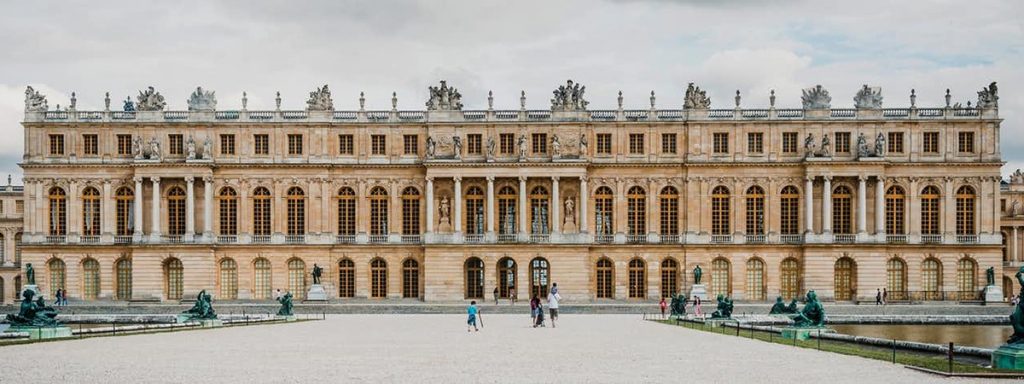

the war room 
Galerie des Glaces 
chapel in restoration
- irregular shapes
- extravagant ornaments
- bold contrasts
ROCOCO (1670 – 1790)
- sweeping curves
- elegant decorative designs with scrolls, vines, shell-shapes and geometric patterns
- pastel colors
NEOCLASSICISM (1730 – 1925)
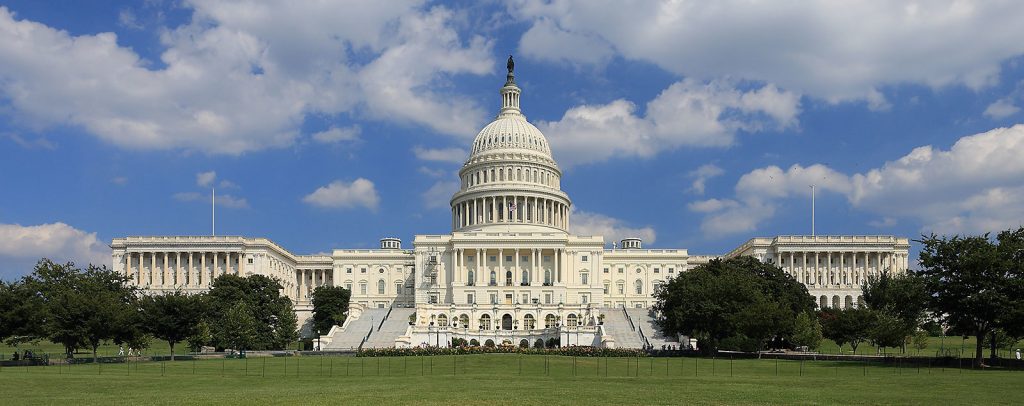
- simple & geometric forms
- dramatic columns
Palladian:

Andrea Palladio

the White House
Classical:

Bibliothèque Sainte-Geneviève
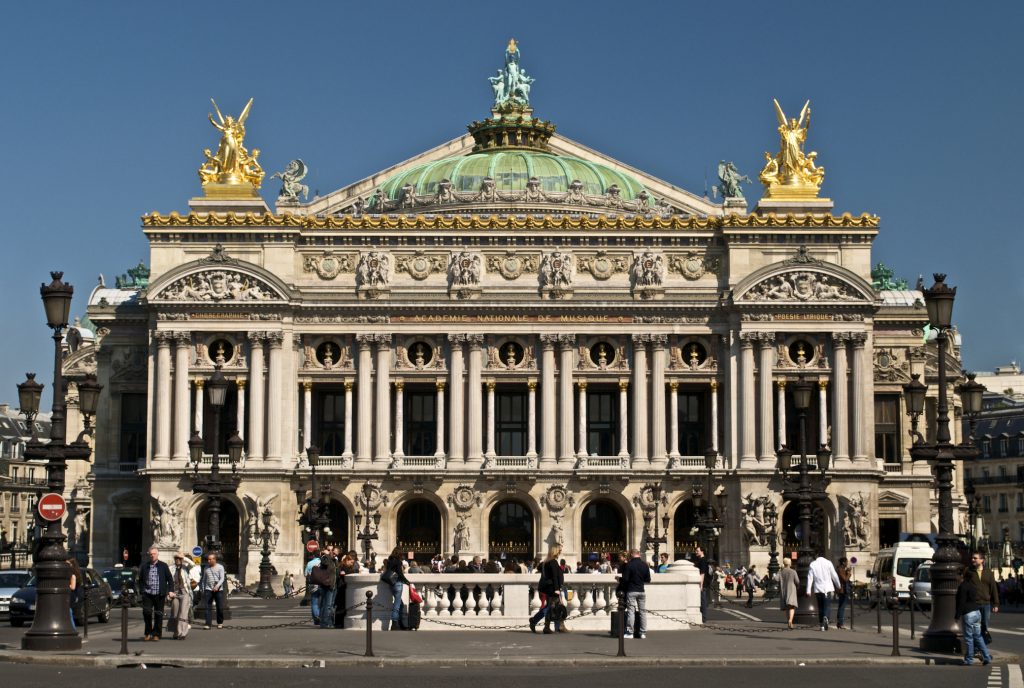
Palais Garnier
ART NOUVEAU (1890 – 1914)
- as a revolt against industrialization turned people’s attention to the natural forms and personal craftsmanship
- asymmetrical shapes, arches, curves, plant-like design
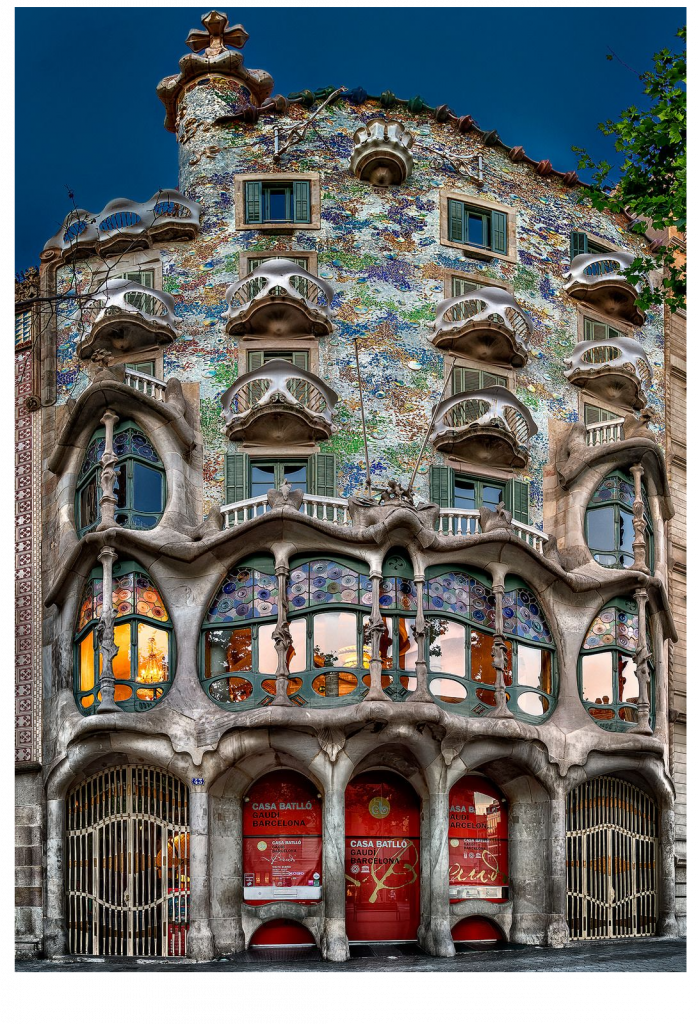
façade 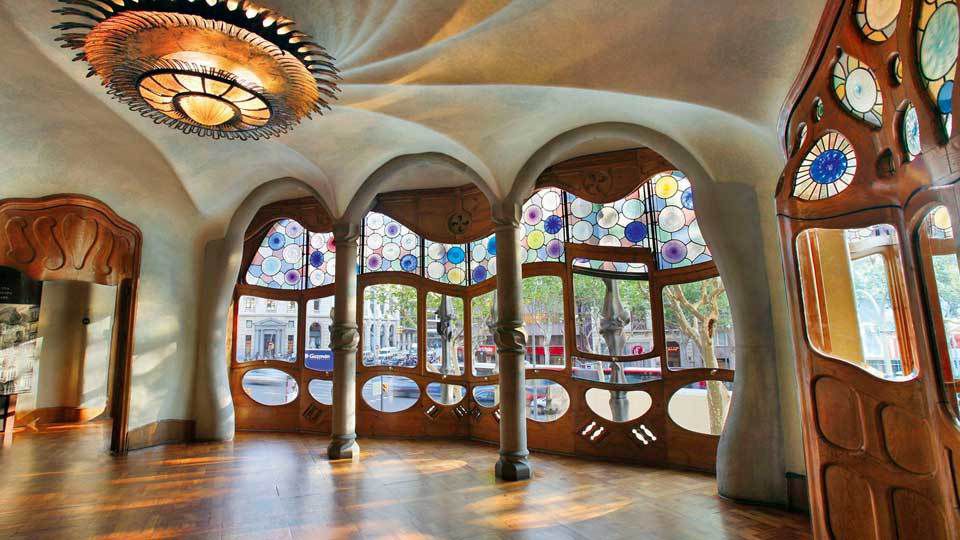
interior

Tassel House, Brussels 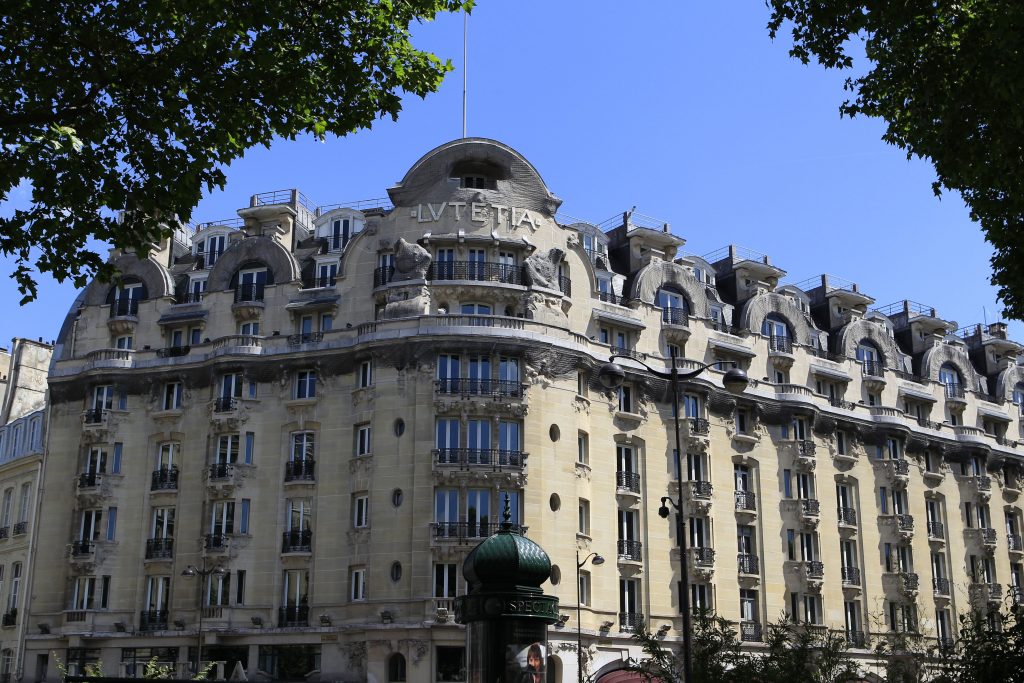
Lutetia Hôtel, Paris 
The Old England Building, Brussels
BEAUX ARTS (1895 – 1925)
- symmetrical
- ornamentation

façade 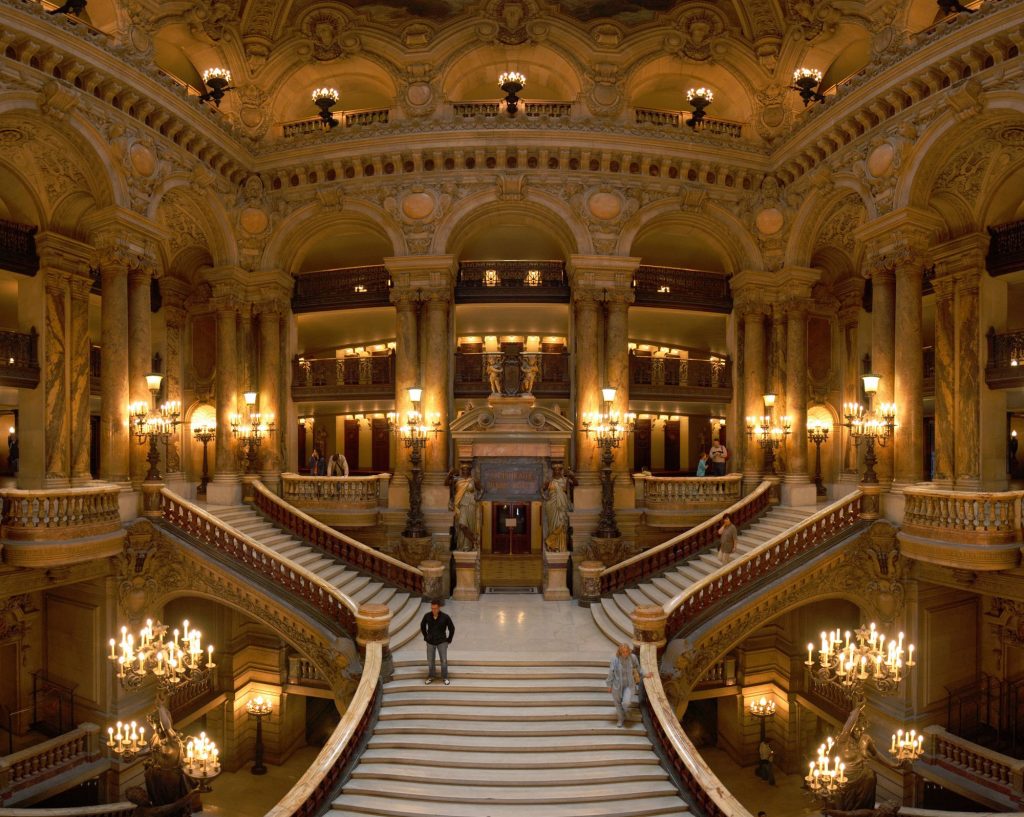
inside 
Jean Louis Charles Garnie
NEO-GOTHIC (1905 – 1930)
ART DECO (1925 – 1937)
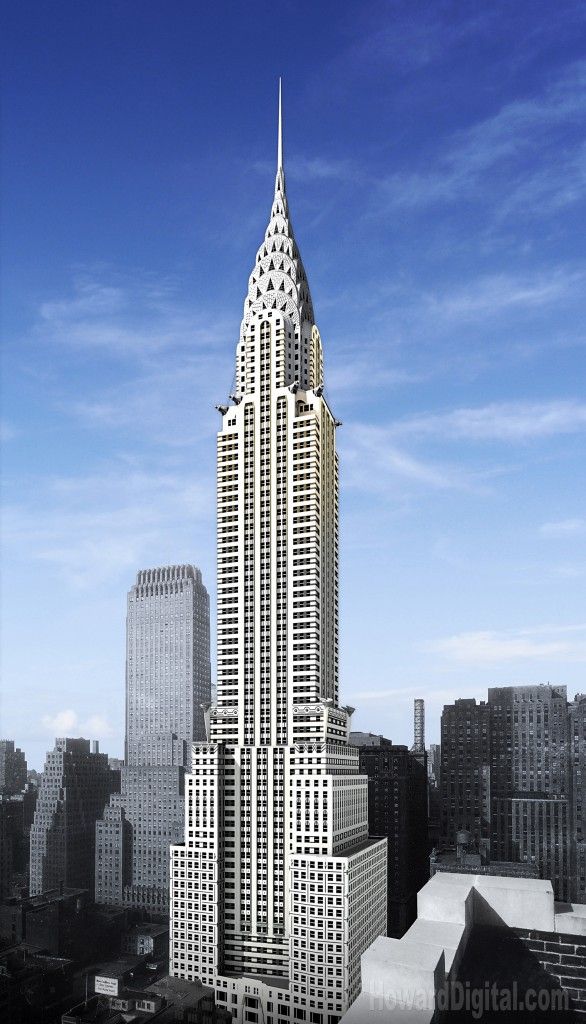
Chrysler, NYC 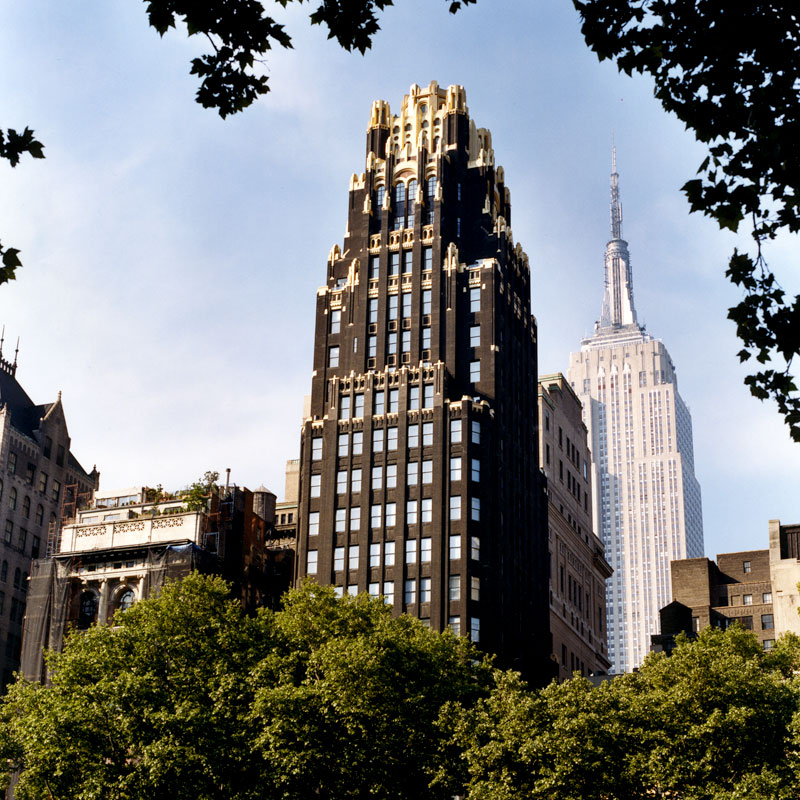
Eastern Columbia, LA 
Bryant Park Hotel, NYC
MODERNIST (1900 – PRESENT)
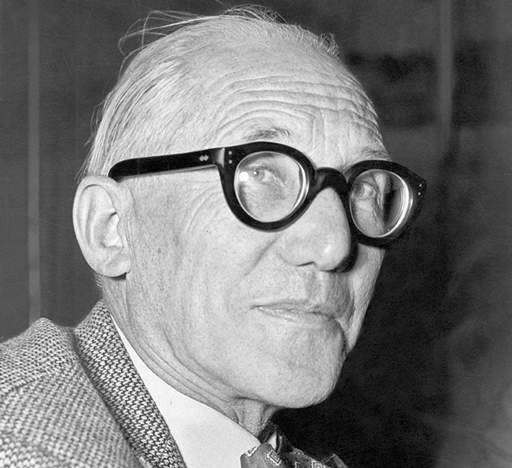
Le Corbusier 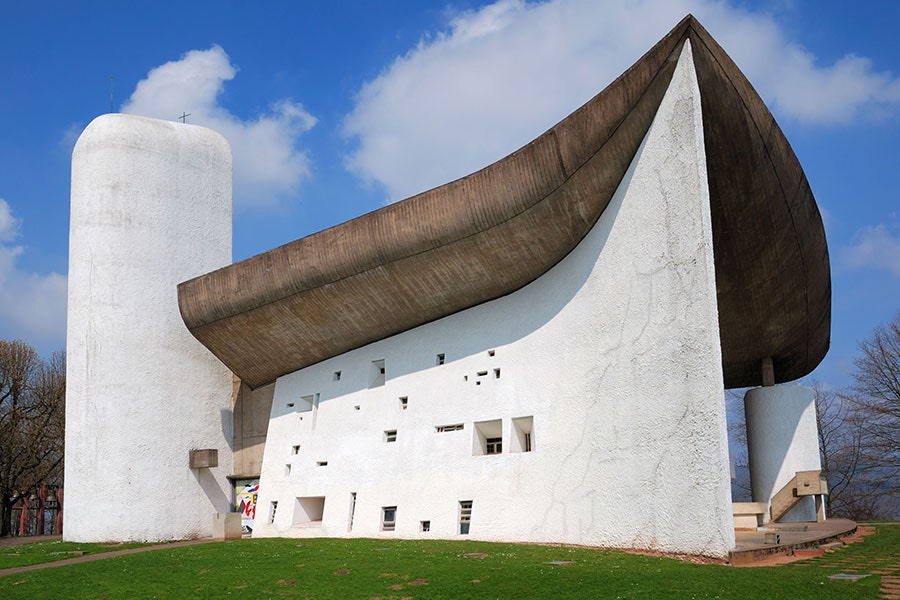
Notre Dame du Haut, France 
Heidi Weber Pavilion, Zurich 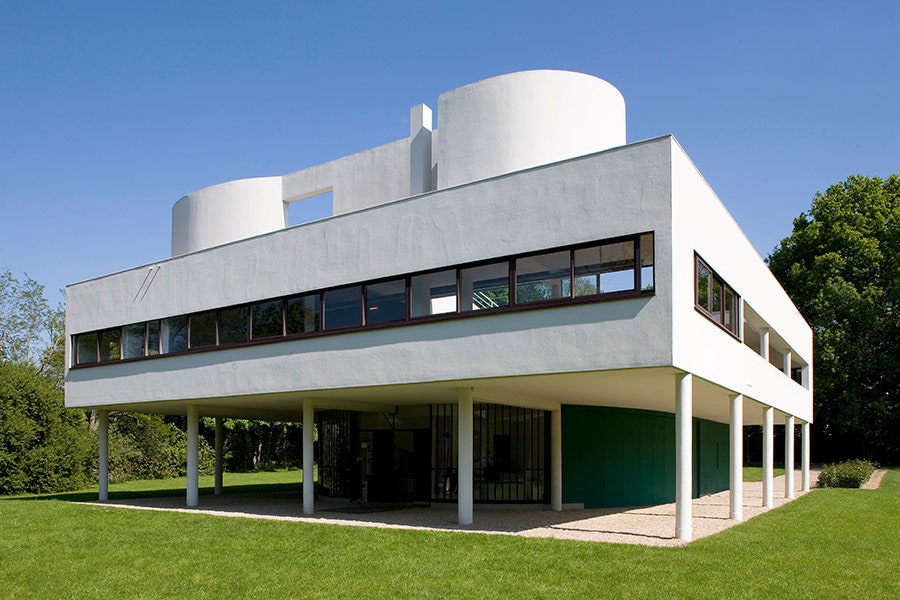
Villa Savoye, France
POSTMODERNISM (1972 – PRESENT)
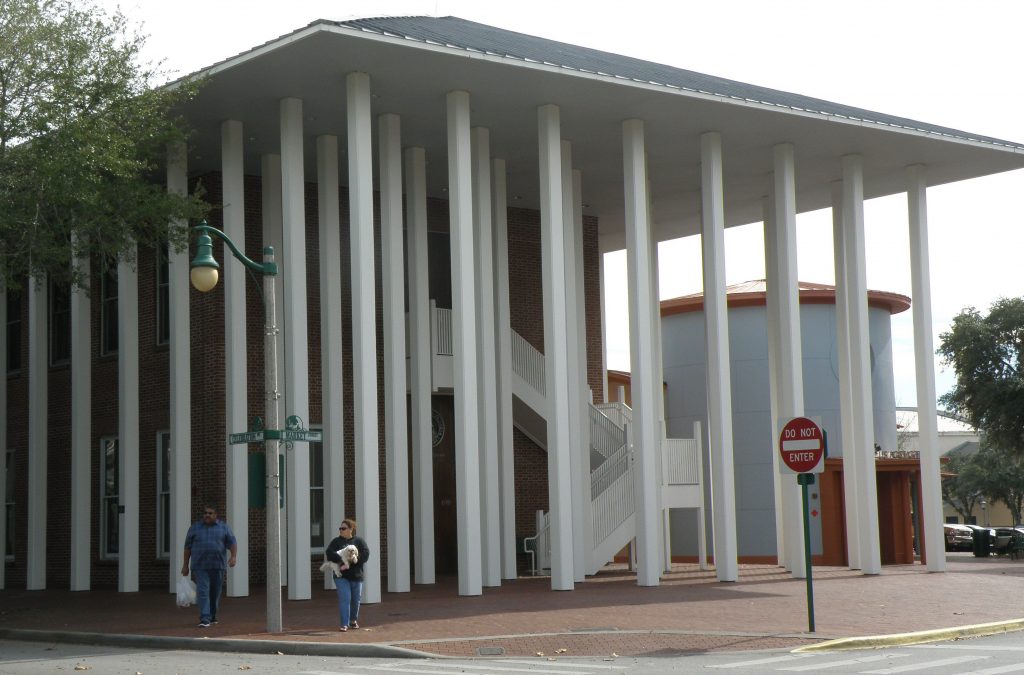
the old Town Hall, Florida 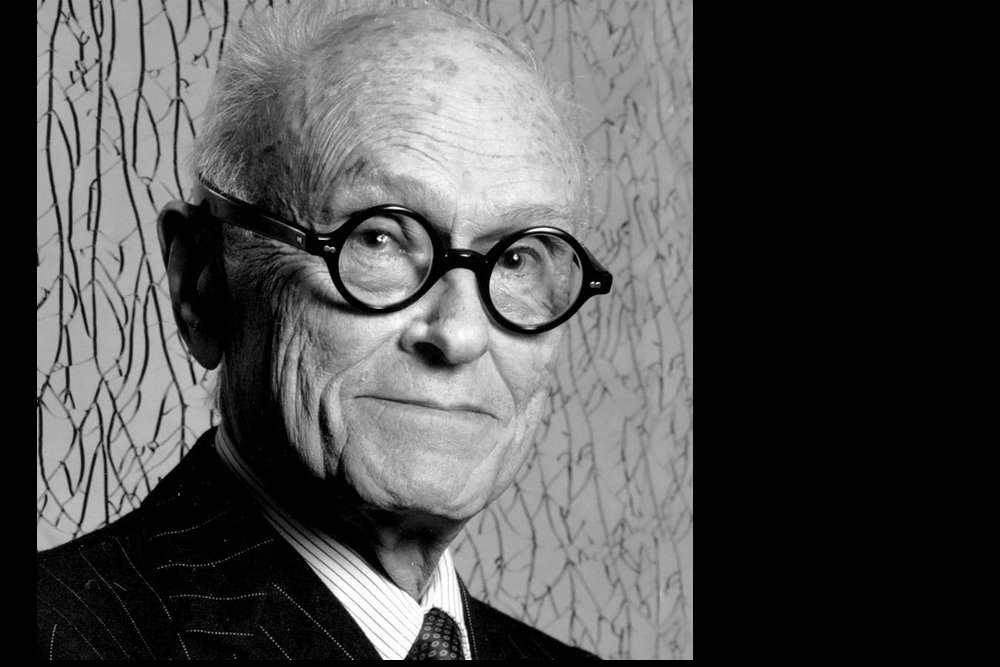
Philip Johnson 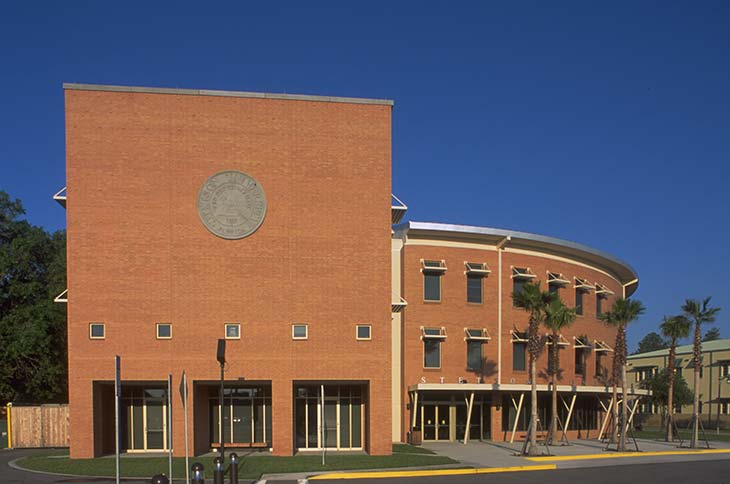
Stetson University Center, Florida 
AT&T Building 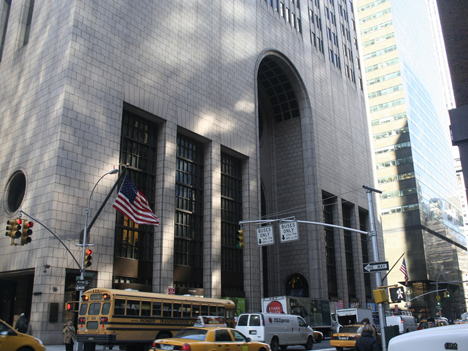
arched entrance
NEO-MODERNISM & PARAMETRICISM (1997 – PRESENT)

Zaha Hadid 
Cultural Center Heydar, Bakú 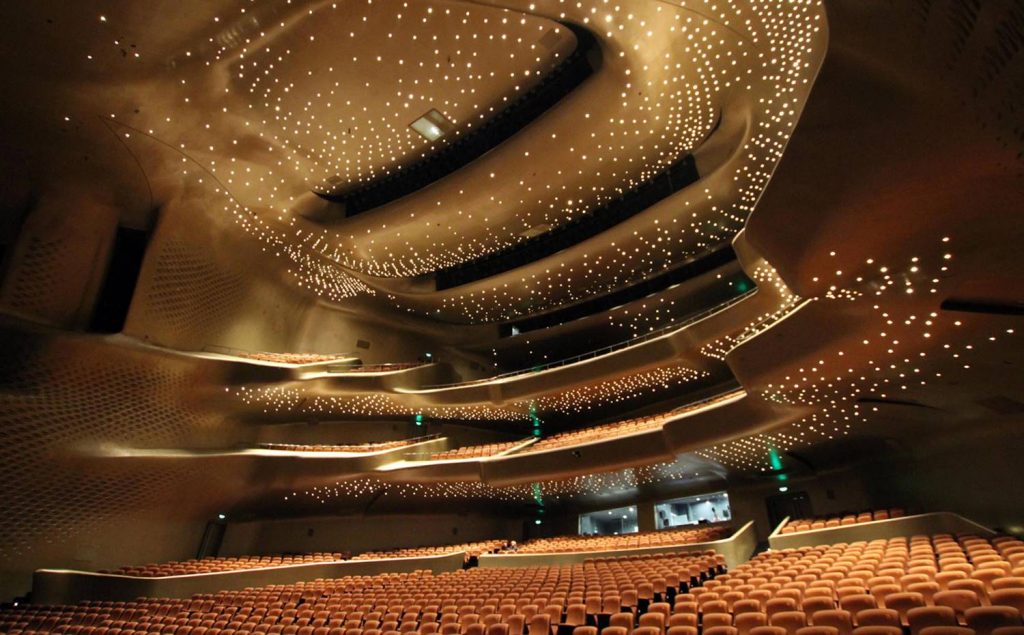
Main room of Guangzhou Opera 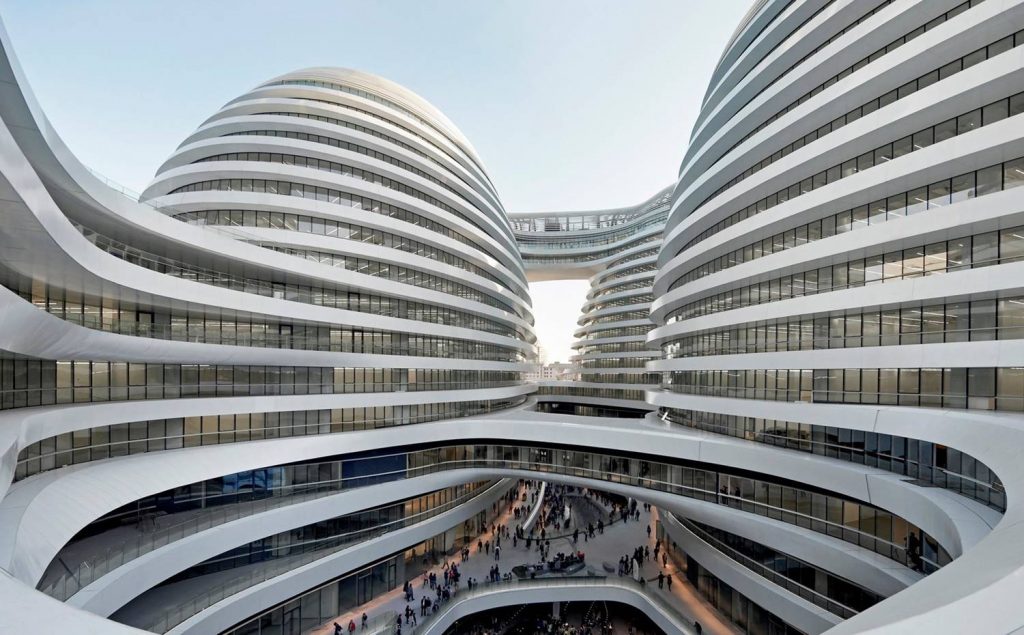
Galaxy Soho, Beijing 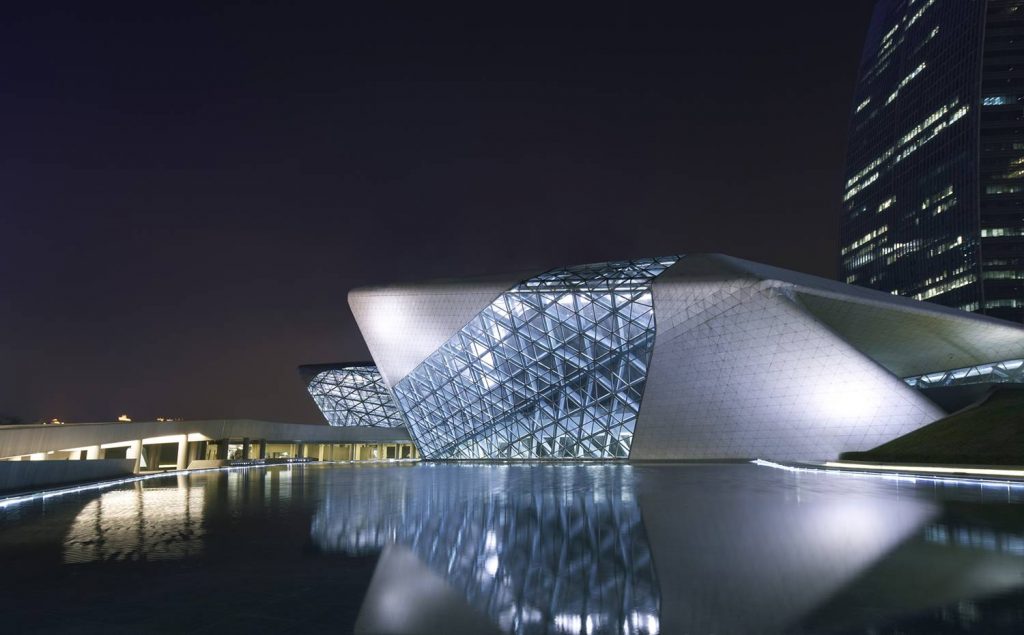
Guangzhou opera

